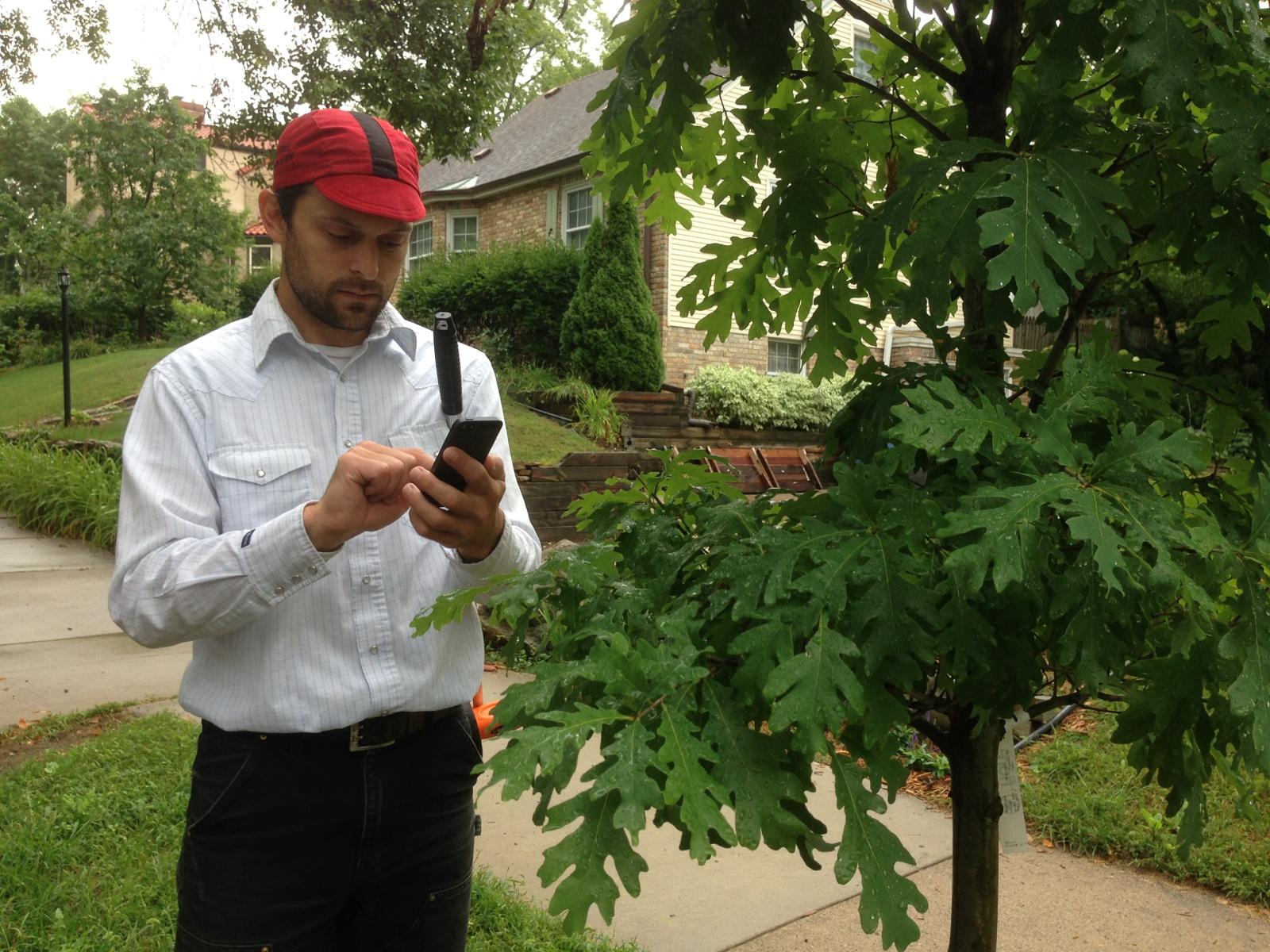Education Day

Four times per year, Conservation Corps crews take an extra day outside of regular field work to learn about local environmental issues, new techniques in natural resource work, and insider career recommendations. Our Central District hosted their latest Education Day this month where crew members had the opportunity to hear from local professionals in the field.
Lark Weller, Water Quality Coordinator with the National Park Service, kicked off the day with an overview of the 2016 ‘State of the River Report– water quality and river health in the Metro Mississippi River’. She covered some of the concerns we are facing such as; pollutants, invasive species and microplastics. But also noted positive trends such as; a rebounding fish and eagle population and fewer pesticides around the Twin Cities area. The Central crews often work on and around the Mississippi River, and this presentation gave them the chance to see the impact of their work and to ask questions.
“I had a great time discussing river health issues with the crew and hearing what’s on their mind. I learned a lot this morning,” said Weller.
Next up, 2005-2006 Corps alumni Philip Potyondy spoke about his experience as the Sustainable Forestry Coordinator with Minneapolis Parks and Recreation. He focused on the importance of diversifying the tree canopy in metro areas. In the city, trees act as an infrastructure that provides biological and ecological benefits to communities, so it is important that we not let tree diseases wipe out our supply. In a program that is so focused on preserving native species, a curious crew member asked Philip why Minneapolis Parks and Recreation was planting non-native trees. He replied that there really isn’t anything native about a city. The soil is so affected that native trees can’t survive anymore. In order to sustain our tree populations in urban areas, we need to react to the surroundings and find ways to diversify.

One unique way Minnesota is making that happen is by planting gravel bed nurseries. Dustin Ellis, a Hennepin County Forester, described this cost-effective practice. Called the ‘Gospel of Gravel’ by the University of Minnesota, gravel bed nurseries act as starting points for new trees. Irrigated piles of gravel safely hold trees for the first 3-6 months of growth. Doing this dramatically increases fibrous root growth, decreasing the shock of transplant and increasing survivability. Not all trees are successful using ‘Gospel by Gravel’, however, Hennepin County uses this method as a way to deal with the loss of Ash trees. Gravel bed nurseries make Ellis’ work easier, cheaper and more effective. Assistant District Manager, Matt Roegge, believes this type of work will continue to grow and become a more common crew field project.
Finally, John Mandt of Aileron Financial LLC presented on Federal Employee Benefits 101. This presentation was arranged by Corps staff in response to crew members who expressed interest in employment opportunities within the Federal Government in wildfire or park patrol. Crew members may know how to use a chainsaw and identify invasive species, but when it comes to a 401k, retirement plans and other career considerations, there is still a lot to learn.
Education days provide Corps members with insider knowledge from experts in the field. Presentations offered opportunities for networking with other central crews, Corps staff, and guest speakers. Ultimately, Corps members gained tools and information helpful during their service and beyond.
